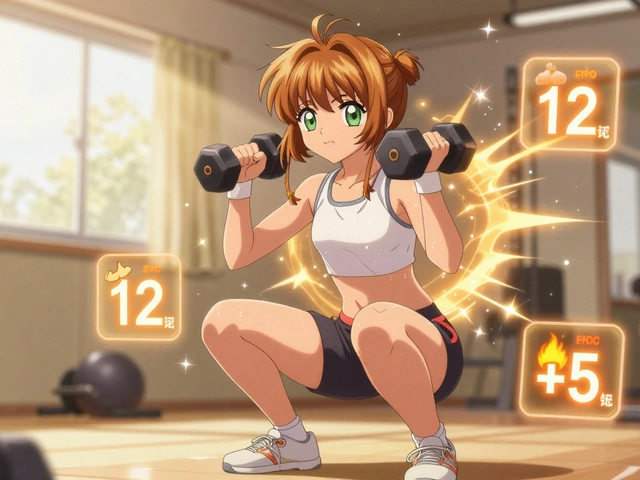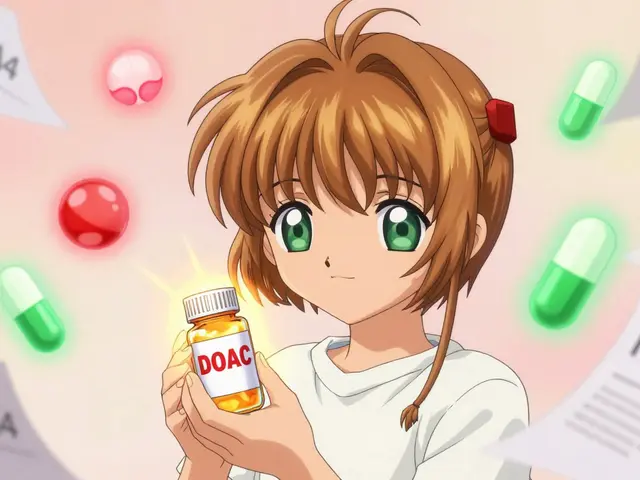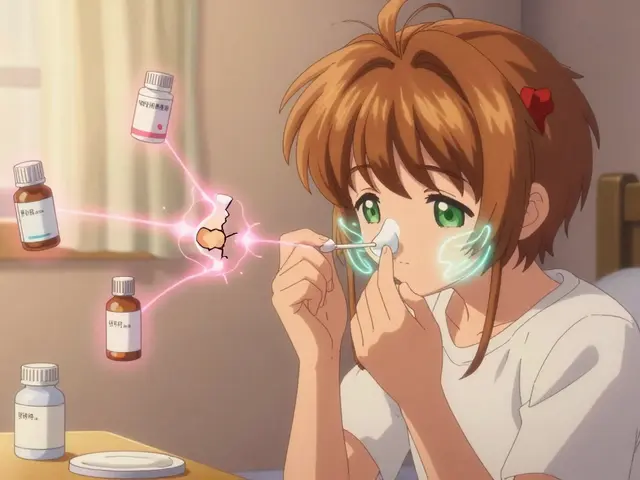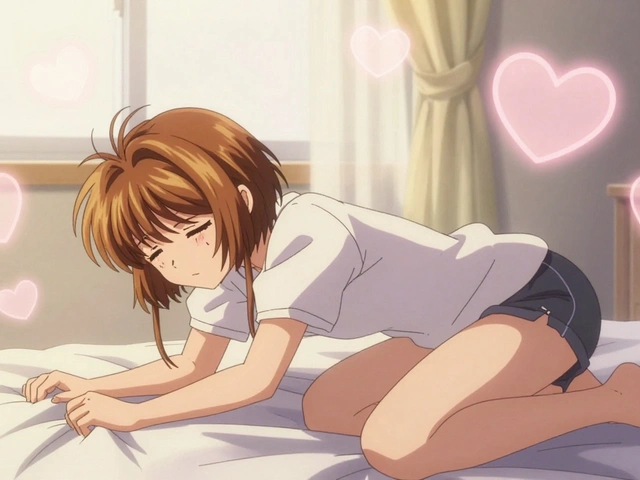Heat exposure: what to watch for and how to act fast
Heat exposure can sneak up on anyone. When the sun’s strong or humidity spikes, your body struggles to cool itself. Know the signs, act quickly, and you can stop a mild problem from turning into an emergency.
Recognize the signs
Start by spotting early warning signs: heavy sweating, weakness, headache, dizziness, nausea, or muscle cramps. Those are usually heat exhaustion. If someone gets confused, stops sweating, has a racing pulse, or collapses, that can be heatstroke — a life-threatening emergency. Heatstroke often includes hot, dry skin and altered mental state. If you see that, call emergency services right away.
Certain people are at higher risk: older adults, infants and young kids, people with chronic illness (like heart or kidney problems), and anyone taking medications that affect sweating or blood flow. Athletes and outdoor workers are also vulnerable, especially if they’re not used to the heat.
Quick prevention and first aid
Prevention is the easiest fix. Stay hydrated with plain water; don’t wait until you’re thirsty. Wear light, loose clothing and a wide-brim hat. Avoid the hottest hours (usually 10am–4pm) for heavy work or long exercise. If you must be outside, take frequent breaks in the shade or a cool spot.
If someone shows mild heat exhaustion, move them to a cooler place, loosen tight clothes, and give small sips of water or an electrolyte drink. Cool the skin with a fan, wet cloths, or a cool bath. Rest for at least an hour and watch for worse symptoms.
For suspected heatstroke, don’t wait. Call emergency help, then start cooling: remove outer clothing, apply cool, wet cloths, or spray with water and use a fan. If possible, immerse the person in cool water. Try to cool them while you wait for help. Do not give fluids to an unconscious person.
At-home tricks can help but don’t replace professional care when someone is very sick. If symptoms don’t improve after basic cooling, seek medical attention. Signs that need a doctor include fainting, confusion, vomiting, or if symptoms return after cooling.
Planning matters: check heat advisories, know shaded spots nearby, carry water, and check on neighbors or family members who may struggle to stay cool. Small steps like a fan and a shady break can prevent most heat problems.
Heat exposure doesn’t have to ruin your day. Spot the signs early, act with simple cooling steps, and get help when needed. You’ll protect yourself and the people around you without panicking.
Infrared Saunas and Rosacea: Can Heat Trigger Sunburn-Like Flare-Ups?
Does heat from infrared saunas trigger rosacea flare-ups or sunburn-like reactions? Explore scientific facts, skin protection tips, and dermatologist advice.






